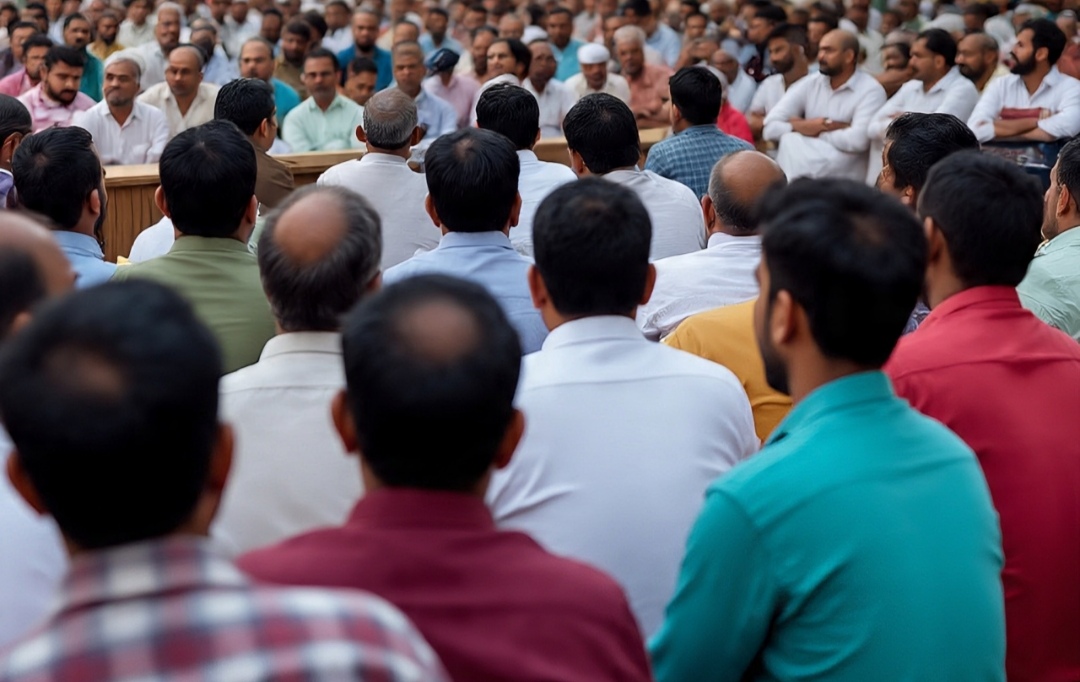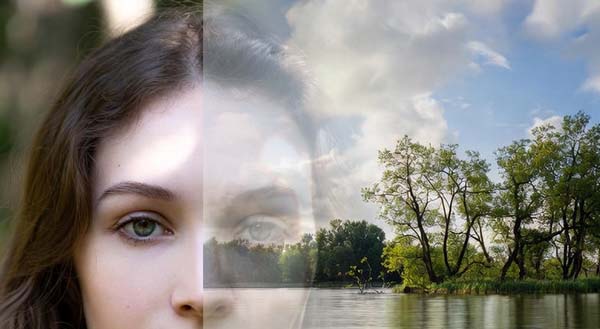
Introduction: Challenging Misconceptions
A recurring concern within the Indian Muslim community is the perceived lack of modern educational institutions established by Muslims, especially when compared with other religious minorities. However, such criticisms often arise not from a detailed, objective analysis but rather from frustration and disillusionment as reflected in familiar narratives in public discourse and media that overlook the broader institutional landscape shaped by Muslims. It is healthier to offer constructive input rather than make remarks that risk deepening feelings of marginalization.
In response to this discourse, I undertook a detailed study to examine the actual landscape of Muslim involvement in India’s educational development in relation to population size and their Per Capita Income (PCI) in particular. The findings of this study challenge prevailing assumptions and offer a more nuanced, evidence-based narrative.
A. Modern Universities Established by Indian Muslims (Listed Alphabetically) :
1. Al-Falah University – Faridabad, Haryana (2014)
2. Aliah University – Kolkata, West Bengal (2008)
3. Aligarh Muslim University – Aligarh, Uttar Pradesh (1920)
4. Al-Karim University – Katihar, Bihar (2018)
5. Azim Premji University – Bengaluru, Karnataka (2010)
6. B. S. Abdur Rahman Crescent Institute of Science and Technology – Chennai, Tamil Nadu (2008)
7. Darul Huda Islamic University – Chemmad, Kerala (2009)
8. Dr Abdul Haq Urdu University – Kurnool, Andhra Pradesh (2016)
9. Era Medical University – Lucknow, Uttar Pradesh (2016)
10. Glocal University – Saharanpur, Uttar Pradesh (2012)
11. Integral University – Lucknow, Uttar Pradesh (2004)
12. Imam Bukhari University – Kishanganj, Bihar (New)
13. Islamic University of Science and Technology – Awantipora, Jammu & Kashmir (2005)
14. Jamia Hamdard – New Delhi (1989)
15. Jamia Islamia Ishaatul Uloom – Nandurbar, Maharashtra (2013)
16. Jamia Markaz – Kozhikode, Kerala (1978)
17. Jamia Millia Islamia – New Delhi (1988)
18. Jamiathul Hind Al Islamiyya University – Kozhikode, Kerala (2010)
19. Khaja Bandanawaz University – Kalaburagi, Karnataka (2018)
20 Khwaja Moinuddin Chishti Language University – Lucknow, Uttar Pradesh (2016)
21. Ma’din Academy – Malappuram, Kerala (1997)
22. Maulana Azad National Urdu University – Hyderabad, Telangana (1998)
23. Maulana Azad University – Jodhpur, Rajasthan (2013)
24. Maulana Mazharul Haque Arabic and Persian University – Patna, Bihar (1998)
25. Mohammad Ali Jauhar University – Rampur, Uttar Pradesh (2006)
26. Noorul Islam Centre for Higher Education Kumarakovil, Tamil Nadu (2008)
27. Osmania University – Hyderabad, Telangana (1918)
28. Dr. P. A. Inamdar University – Pune, Maharashtra (2002)
29. Presidency University – Bengaluru, Karnataka (2013)
30. University of Science and Technology Ri-Bhoi, Meghalaya (2011)
31. Yenepoya University – Mangaluru, Karnataka (2008)
B. Major Islamic Seminaries
Sunni Seminaries
1. Darul Uloom Deoband – Deoband, Uttar Pradesh
2۔ Mazahirul Uloom – Saharanpur, Uttar Pradesh
3. Darul Uloom Waqf – Deoband, Uttar Pradesh
4. Darul Uloom Nadwatul Ulama – Lucknow, Uttar Pradesh
5. Jamia Qasmiya Madrasa Shahi – Moradabad, Uttar Pradesh
6. Madrasa Aminia – Delhi
7. Darul Uloom Banskandi – Assam
8. Al Jamiatul Ashrafia – Mubarakpur, Uttar Pradesh
9. Manzar-e-Islam – Bareilly, Uttar Pradesh
10. Jamia Naeemia – Moradabad, Uttar Pradesh
11. Jamia Amjadia Rizvia – Ghosi, Uttar Pradesh
12. Jamia Nizamia – Hyderabad, Telangana
Shia Seminaries
13. Jamia Nazmia – Lucknow, Uttar Pradesh
14. Sultanul Madaris – Lucknow, Uttar Pradesh
15. Tanzeemul Makatib – Lucknow, Uttar Pradesh
16. Jawadia Arabic College – Varanasi, Uttar Pradesh
17. Madrasa-e-Baqarul Uloom – Bengaluru, Karnataka
Bohra Seminary
18. Aljamea-tus-Saifiyah – Surat, Gujarat
C. Institutions of Higher Education with minority Status ( as on March 31, 2025)
Community Colleges
Buddhist 24
Christian 765
Jain 336
Muslim 1239
Sikh 113
Total 2477
Quantitative Overview
Modern Universities: 31 established by Indian Muslims
Muslim Minority Recognized Institutions: 17 universities and 1239 colleges of higher education granted minority status.
Jammu & Kashmir:13 universities and 50 affiliated colleges
Madrasas: Approx 24,000 (recognized and unrecognized, both inclusive), Government of India has confirmed on the floor of Lok Sabha that Madarsas also teach Maths, natural sciences and English language. The madarsas are by and large situated in rural or semi-urban areas, enrollment of about two million students in these madarsas usually come from the Muslim population, belonging mostly to the poor or BPL families who are unable to have access to modern education due to financial constraints.
“More than twenty lacs students study in Madarsa. Merely 2.99% Muslim students choose Madarsa, while the majority opt for modern education”. -(Financial Express; March 11, 2024)
Socio-Economic Context
Muslims have the lowest asset/ Monthly Per-capita Consumer Expenditure (MPCE) levels among major religious groups, according to Hindutva watch; June 30, 2023.
“An HT analysis of unit level data from the latest All India Debt and Investment Survey (AIDIS) and Periodic Labour Force Survey (PLFS) shows that Muslims are the poorest and they have lowest asset and consumption levels among major religious groups in India.”
“There is often a lot of dog-whistling about the population of Muslims increasing at a higher pace than other religious groups in India. Most such commentary is ill-informed. Even Muslim upper castes are poorer than Hindu OBCs.”
“The average asset value for non-SC/ST/OBC Muslims they are the non-Pasmanda Muslims is not just lower than the average value for non-SC/ST/OBC Hindus but also lower than that of Hindu OBCs, which shows that the claims of Muslim upper castes enjoying disproportionate economic power are just not true. (HT; Jun 30, 2023)
Despite facing significant economic challenges, Indian Muslims have shown remarkable resilience. Their PCI is lowest but their determination to overcome obstacles is truly inspiring. Despite these economic challenges, Indian Muslims have made notable progress in higher education, with data showing community’s establishment of 31 modern universities. This highlights disproportionate effort by Muslims relative to their socio-economic position, especially in modern education such as science, technology, vocational training and skill development. In terms of proportional representation, they surpass all other minorities so far building up of universities is concerned.
Key Insight
Despite significant economic disadvantages, Indian Muslims have demonstrated commendable initiative in building institutions of higher learning. Their contribution to modern education far exceeds expectations based on their population and income levels. While traditional seminaries often dominate public attention, they represent only a micro-minimal portion of the broader Muslim educational landscape.
Final Thoughts: Mobilizing for Educational Progress
Before rushing to create new institutions, the focus must shift to community mobilization. Encourage primary and secondary school enrollment. Address dropout rates at higher secondary and university levels. Increase student participation in existing minority institutions. To bridge educational gaps, we must fully utilize the Right to Education (RTE) Act and other government schemes designed to enhance access to quality education. These initiatives can bring about significant positive change in the educational field. We must come together, commit wholeheartedly to this cause and approach it with the urgency and dedication of a collective mission driven by purpose and a sense of educational upliftment.



